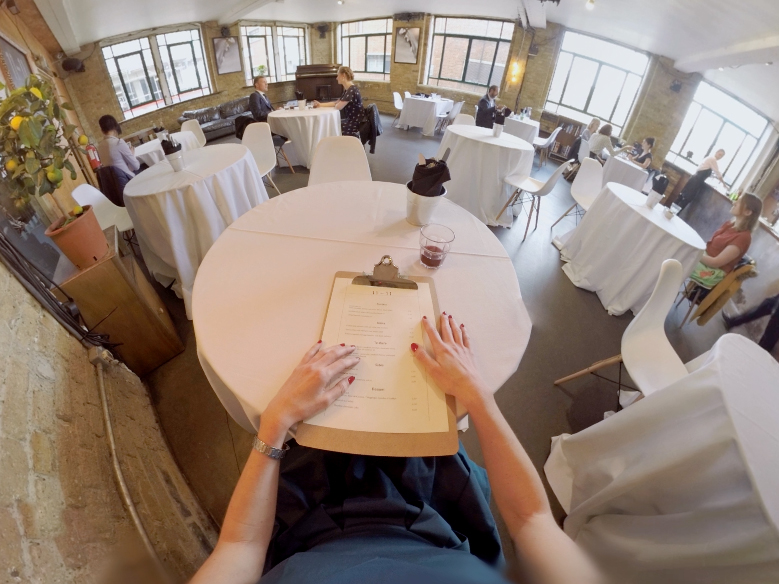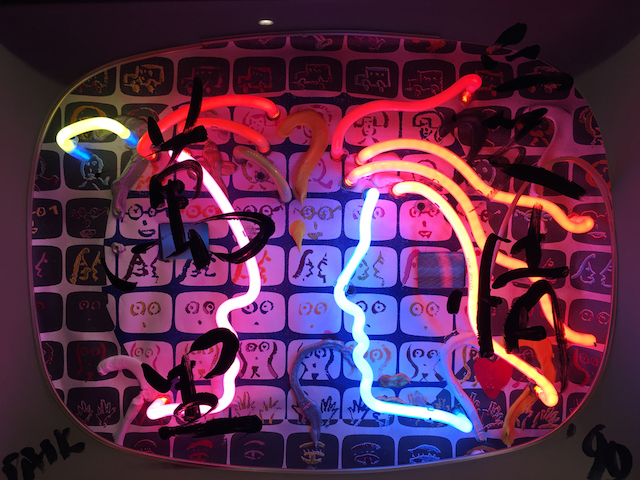So I ambled down to the official announcement of the bike-share launch, held on the picture-perfect seawall with kayakers going by, the glass towers sparkling in the sunshine, and an elderly gentleman playing the street piano nearby.
My official Globe story is here, but those of you who know anything about me realize that I’m a big bike-share user wherever I go. Bike shares are so ideal for so many reasons. As a tourist, I’m long past the age where I can walk 25 miles in no-support rope sandals and not feel any pain. And it takes a long time to see a city by walking. Cars go too fast, are too hard to park. Buses, okay, but they’re limited by routes and schedules. Bikes in a bike share are like travel freedom in a bottle. You see the city close up, at your own pace, and you pick up and drop the bike as needed.
So far, I’ve done New York, Minneapolis, Toronto, Lyon, Paris, Montreal, Montpellier. I would have liked to in San Francisco, but they had none in the Mission district where I was, and in Montevideo, Uruguay, but was too rushed.
So I’ve had a wide range of experiences, mostly good, occasionally bad, i.e. high ratio of malfunctioning bikes, credit cards that don’t work in the system, bike docks impossible to find, etc.
Obviously, my 24-minute ride today from under the Cambie Bridge on the south side to Hornby/Pender downtown isn’t the last word but, here goes
- SEVEN speeds, compared to the three in other cities. Woohoo. This ought to make the hills a little bit easier.
- Very smooth. Obviously, these are new bikes, in better shape than a bunch of the clunkers I rode in Lyon, with seats that kept slipping or only one gear. But still, yummy smooth.
- The helmet is locked to the bike with a cable, an ingenious system. Though CBC did report one cable had already been cut and helmet stolen as of this morning. Still, it’s smart and easy.
- I was worried when I picked up my bike that I’d end up downtown with no place to dock it. That is actually one of the biggest problems I’ve run into — getting to a place and every spot is filled at docks for blocks around. You see people standing with their bikes waiting for someone to show up and take one out so they can dock. But, for now at least, they’ve got two spots available for every bike there, so no problem when I arrived on Hornby.
- Not that many bike docks so far (only 23), so hard to judge about how that all is going to work. Based strictly on me, bike systems work best when there are loads of docks, so many that you hardly need a map to find them. At this point, I’m just out of the area where docks are going to be, as I’m sure are many bike riders in this city. But, theoretically, it will expand. The first time I went to New York, there were only about three docks in Williamsburg. Last December, they were everywhere.
- At the end, took three tries to ensure it was docked properly. I had to jam it in hard three times before I got the signal that it was in.
- The worst part? Taking it out for the first time. I’ve never had such problems, in part because I’ve always been only a day or week user elsewhere. So you stick in your credit card, get a code and you’re off. Here, as a founding member, I’d been given a fob and was told my four-digit pin. But I guess somewhere along the line a few months ago, someone also emailed me a seven-digit OTHER code. Which I didn’t remember ever getting, didn’t have on my phone, and had to call in for.
- Then, to actually unlock the bike. It turned out that it use a bike, you have to hit a button on the panel to “wake up the bike.” Then you have to press 1. (Neither of these are intuitive. There were written instructions sent to me but, as a long-time user of bike shares, I paid no attention and assumed I could just figure things out on the spot. So wrong.) Then you put your fob on the marker. Then you enter your four-digit pin. Then you have to do something else on the panel. Then you enter your seven-digit pin. Then you enter your four-digit pin again. Then you put your fob on the marker again. Seriously, folks, I am not making this up. Be prepared. If you are the kind of person who has trouble with your TV remote, you need to bring a teenager with you.
- Fortunately, I made it through, mostly because I had two highly paid Mobi staffers standing next to me. (I’m pretty sure sweat was running down their backs as I got testier and they started to imagine what would happen if a Prominent Journalist couldn’t go on a bike ride. Media disaster, which would completely negate the carefully orchestrated photo-op ride the mayor made through a special pre-perforated banner in the middle of the news conference.) Anyway, I finally went on my way.
- A couple of people along the way called out, “Hey, is that the new bike share bike?” and one woman chatted to me at an intersection, all excited about using one.
- Definitely going to be using when I can, though it will be strange to be doing it in my own city.

 With Android 6.0 Marshmallow, Google started warning users that the system integrity of their device is compromised if the system partitions of the device were touched in any way. With Android 7.0 Nougat, Google says that a device whose system integrity is compromised will stop booting completely.
With Android 6.0 Marshmallow, Google started warning users that the system integrity of their device is compromised if the system partitions of the device were touched in any way. With Android 7.0 Nougat, Google says that a device whose system integrity is compromised will stop booting completely.



 Image courtesy Spencer Tunick
Image courtesy Spencer Tunick
 Screencaps
Screencaps 












 The BBC shows what life is like above Earth in
The BBC shows what life is like above Earth in  Journalism tackles solitary confinement in The Guardian’s
Journalism tackles solitary confinement in The Guardian’s  A virtual trip to Mars in
A virtual trip to Mars in  A viewer sees through a refugees eyes in the NT’s VR experience Home | Aamir. Image courtesy of Sheffield Doc | Fest.
A viewer sees through a refugees eyes in the NT’s VR experience Home | Aamir. Image courtesy of Sheffield Doc | Fest.  A scene from Jane Gauntlet’s In My Shoes. Image courtesy of Sheffield Doc | Fest.
A scene from Jane Gauntlet’s In My Shoes. Image courtesy of Sheffield Doc | Fest. 




 “How many APIs do we have?”
“How many APIs do we have?”












 Images courtesy Tourbrat
Images courtesy Tourbrat



